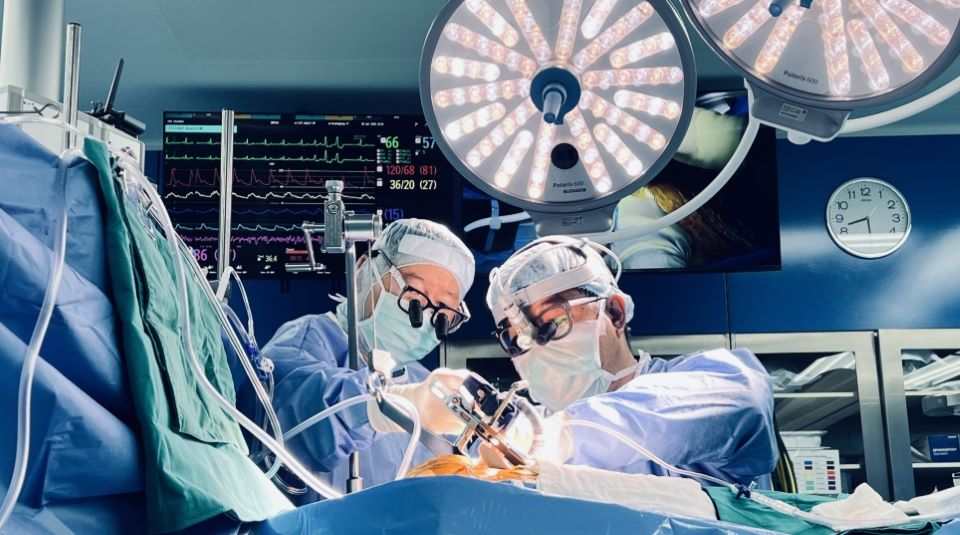
Singapore: Increased use of targeted therapies, along with a greater uptake of branded drugs and rising incidence population, will cause the breast cancer therapeutics market value to grow from $9.2 billion in 2013 to $13.1 billion by 2020, according to a report from GBI Research.
The moderate growth relates to eight major markets including US, UK, France, Germany, Spain, Italy, Japan and Canada, will occur at a Compound Annual Growth Rate (CAGR) of 5.1 percent.
Mr Saurabh Sharma, analyst, GBI Research, commented, "The total value of the breast cancer treatment market will increase by almost $4 billion over the forecast period thanks to branded drugs becoming more favored. This is despite the launch of trastuzumab biosimilars that are likely to compete actively with branded Herceptin.
GBI Research has identified the key targeted therapies as Roche's Perjeta and trastuzumab-DM1, Eisai's Halaven, Novartis' Afinitor, Pfizer's palbociclib and neratinib, and Boehringer Ingelheim's afatinib. The approval of Roche's Kadcyla, a biobetter of Herceptin, for metastatic breast cancer in 2013 has also advanced the standard of care in this market.
GBI Research states that the breast cancer pipeline is highly robust, with potential drug candidates in various phases of clinical development. From a total of 612 active progressing pipeline molecules, 259 (42 percent) are in the preclinical stage of development, 100 (16 percent) are in Phase I, 130 (21 percent) are in Phase II and 52 (8 percent) are in Phase III of clinical trials.
Mr Sharma explains, "As well as the multitude of therapies in preclinical and clinical trial stages, a substantial number of active drug candidates are in the discovery stage. Most of the pipeline drugs are novel, and a few are either generic or branded products that have already been marketed for other indications.
"The current investigational pipeline agents also include new combination and targeted therapies, promising immunotherapies and chemotherapy drug candidates," concludes the analyst.




